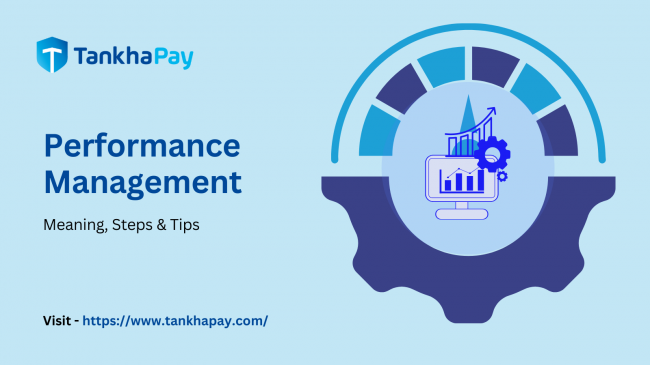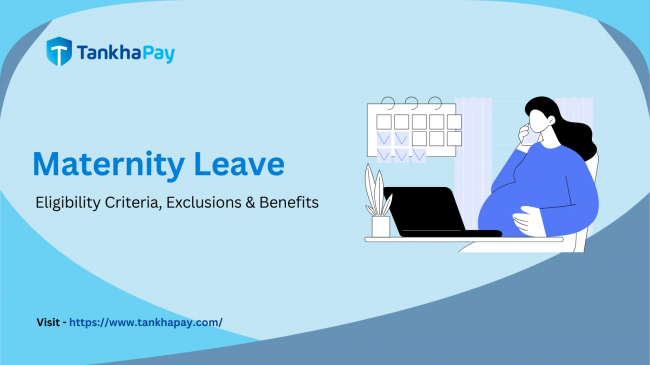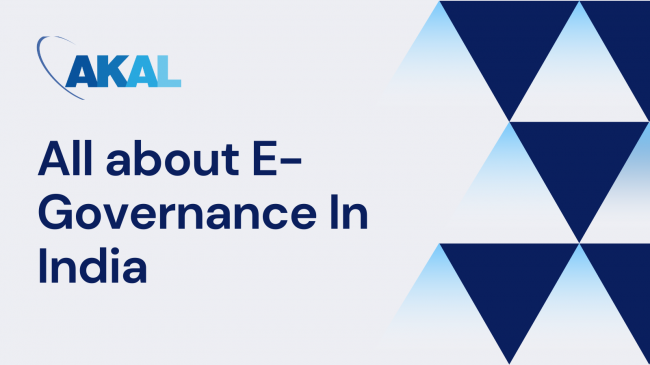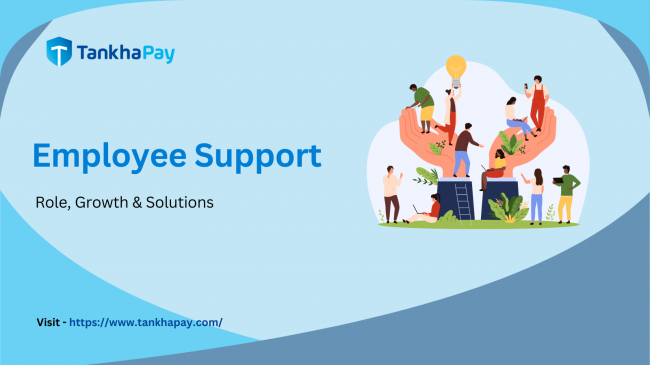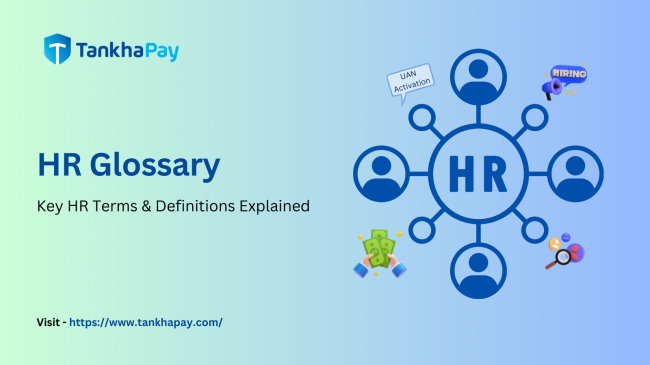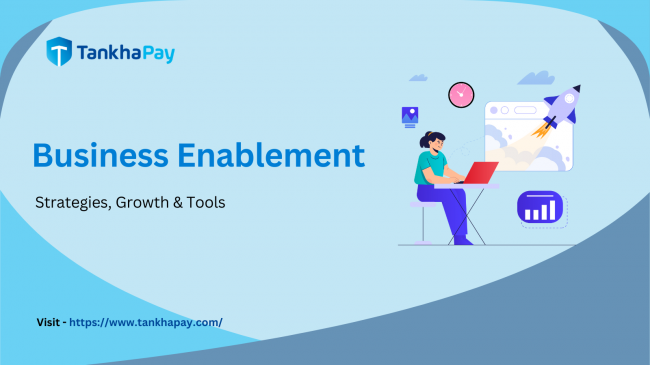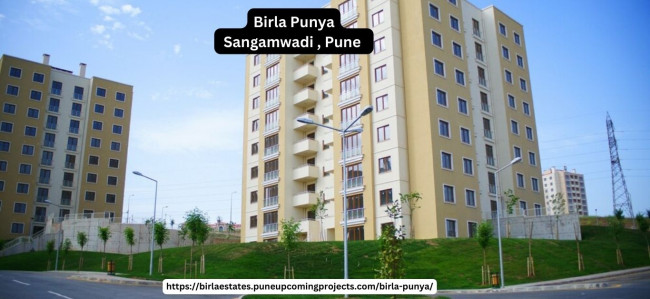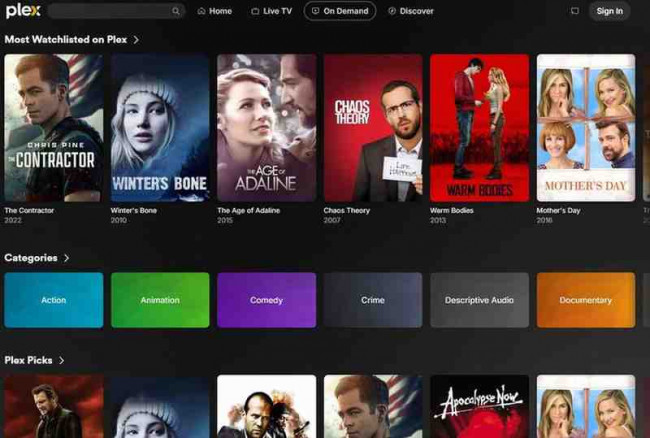The Internet has brought significant transformation in the lives of people in India. With over 750 million users, it has become a crucial aspect of how people live, work and conduct their businesses. However, not everyone has access to the Internet due to a variety of factors, including the absence of infrastructure, high prices, and insufficient digital literacy. The government has started the Digital India Initiative to develop online infrastructure to address these issues. And internet connectivity to make governmental services available electronically. The program also seeks to empower the nation with digital technology.
This blog will delve into Digital India's meaning, importance and its numerous initiatives.
What is Digital India?
On July 1st, 2015, India's current Prime Minister, the Honorable Shri Narendra Modi, launched the Digital India scheme to ensure that all Indian citizens have easy access to the internet. This initiative aims to prepare India for a knowledge-based revolution, combining various concepts and viewpoints into a comprehensive vision where each component is considered part of a larger objective. It was first introduced by the Ministry of Electronics and Information Technology (Meity).
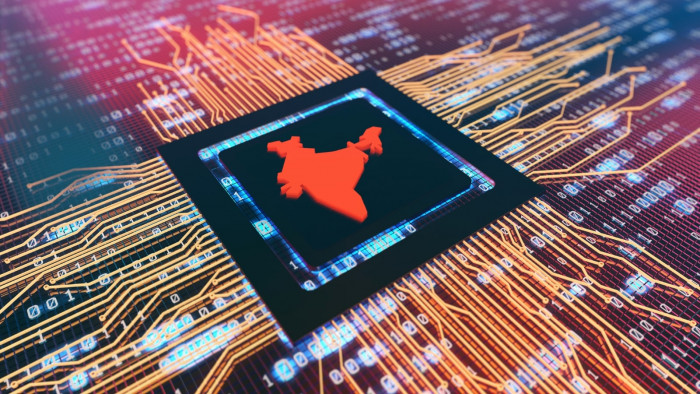
The Pillars of Digital India
The nine pillars of Digital India are as follows:
E-Kranti - Electronic Delivery of Services
E-Kranti is a revolutionary program that aims to transform how government services are delivered to citizens, businesses, and other government agencies. It tries to use digital technology to provide users with a smooth and efficient experience, allowing them to access a variety of services online at any time and from any location. The initiative covers multiple services, including healthcare, education, public utilities, and social welfare.
Broadband Highways
Broadband Highways centres around building a solid and reliable digital infrastructure that provides seamless and high-speed internet connectivity throughout the country, specifically in remote and rural areas. This initiative aims to ensure that people living in these areas have access to the same level of connectivity as those in urban areas, this helps to close the digital divide and provide equal opportunities for everybody.
Public Internet Access Programme
The Public Internet Access Program is an initiative that aims to connect the digital divide by establishing digital access points across the country. This program seeks to set up Common Service Centers (CSCs) to provide citizens with easy access to the Internet and digital services, particularly in rural areas where such services are scarce. This program works on ensuring that all citizens, no matter of what their location or economic status, has access to the vast resources available on the internet and can benefit from the many digital services available today.
Universal Access to Mobile Connectivity
Universal Access to Mobile Connectivity aims to achieve connectivity by extending mobile network coverage nationwide. Strategic investments empower citizens with seamless access to communication, the internet, and digital services, driving nationwide socio-economic development and innovation.
E-Governance
E-Governance uses technology to simplify processes, enhance transparency, and improve efficiency in service delivery. Digital platforms ensure that citizens from all backgrounds can access government services easily, reducing paperwork and wait times. With automated processes, E-Governance minimises errors and delays, ensuring timely service delivery.
Electronics Manufacturing
Electronics Manufacturing intends to improve India's local electronics industry. Reduced import reliance promotes self-sufficiency, employment development, and innovation. This strategy establishes India into a global electronics powerhouse by using its skills and market opportunities. Innovation and R&D boost competitiveness and collaboration, launching India to technical supremacy.
Information for All
Information for All ensures access to information and government services across linguistic barriers. Providing content and services in local languages bridges the digital divide and empowers citizens. Strategic initiatives and technology enable seamless translation and localisation, promoting linguistic diversity and preserving heritage.
Early Harvest Programmes
The Early Harvest Program of Digital India is a strategic effort to quickly show how digital solutions improve governance, services, and citizen engagement. It prioritises fast projects demonstrating technology's transformative power in solving societal problems and enhancing public administration.
IT for Jobs
IT for Jobs seeks to address the growing demand for skilled IT professionals by offering comprehensive digital skills training programs. By providing individuals with the necessary technical expertise, this initiative aims to enhance their employability and enable them to access opportunities in the rapidly evolving digital economy.
Initiatives under Digital India
The following are the initiatives started under Digital India:
National Digital Literacy Mission (NDLM): To promote digital literacy, NDLM targets to make at least one individual in every household digitally literate. This initiative focuses on providing digital skills training to citizens, particularly in rural areas and marginalised communities. NDLM aims to empower individuals to effectively access and utilise digital resources by imparting basic computer knowledge and internet skills.
BharatNet: BharatNet is a flagship project that connects all 250,000 Gram Panchayats (village-level administrative units) in India with high-speed broadband internet. BharatNet aims to facilitate digital inclusion and access to online education, healthcare services, e-commerce, and government services in remote regions by bridging the digital divide between urban and rural areas.
Aadhaar: Aadhaar is India's unique biometric identity system, which assigns every resident a 12-digit unique identification number based on their biometric and demographic data. By enabling authentication and verification of identity, Aadhaar facilitates the efficient delivery of government welfare schemes, subsidies, and services. It also promotes financial inclusion by facilitating the opening of bank accounts and digital transactions.
Digital Locker: The Digital Locker is an online platform where citizens can securely store and access their documents and certificates in digital format. By eliminating the need for physical documents, Digital Locker reduces paperwork, simplifies administrative processes, and enables seamless access to important documents anytime, anywhere.
E-Sign: e-Sign is a digital signature service helping individuals to sign documents using Aadhaar authentication electronically. E-Sign facilitates secure and legally valid digital transactions, decreasing the need for physical signatures and paper-based documentation in government and private sector services.
E-Hospital: e-Hospital is a digital platform implemented in government hospitals to simplify patient registration, appointment scheduling, and access to medical records. By digitilising healthcare processes, e-Hospital decreases wait times, add productivity, and improves the overall quality of healthcare services.
MyGov: MyGov is an online citizen engagement tool that enables citizens to participate in governance by sharing ideas, providing feedback, and collaborating with government agencies on various initiatives and policy decisions. MyGov promotes transparency, accountability, and citizen-centric governance by facilitating direct communication between citizens and government officials.
E-Greetings: e-Greetings is an online platform that allows users to send digital greeting cards for various occasions, such as festivals, birthdays, and anniversaries. By promoting digital communication, e-greetings reduce environmental impact and encourage eco-friendly practices while providing users with convenient and customisable ways to send greetings to their loved ones.
UMANG: UMANG (Unified smartphone Application for New-age Governance) is a smartphone app tool that provides access to a variety of government services and utility payments via a single interface. UMANG simplifies access to government services by consolidating them into a single platform, promoting digital adoption and enhancing service delivery efficiency.

